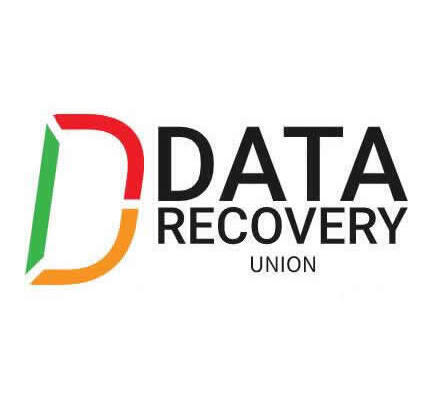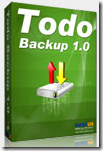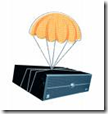
General Knowledge Of Magnetic Tape
History of Magnetic Tape & Magnetic Disks
Magnetic tape and magnetic disk media are used for data storage.They have developed and changed over the years, getting smaller while holding more information.
As a rule, size of media has moved from being enormous and very inefficient, to tiny and ultra-efficient. We have seen magnetic tape with a 2-inch width being replaced by micro-miniature disks holding hundreds of times the capacity and with much more redundancy.
Magnetic tape and disks have been used to store all manner of material, from raw data to music and video. They were found to be an efficient and convenient way of storage, well-purposed for analog and digital content. In fact, the transition from analog to digital was made easy by magnetic storage.
A magnetic tape must be rewound. A disk needs rapid navigation to leverage the content quickly, and this is why disks have quickly become the media of choice. In spite of this, IBM ensured that tape rewind distance be minimized by a return to the middle of the tape.
Magnetic media will constantly move from large static arrays to smaller replaceable and redundant arrays. Tape is rapidly losing its usefulness.
The first magnetic tapes were loaded on open reels and needed rewinding. There were also tapes in cartridges that required no rewinding. However, this gave way to disk, which was easier to manipulate and not subject to jamming and breaking.
Use of Magnetic Tape in Computers
Floppy disks use magnets to store data, as do most hard drives. The earliest form of disk storage involved magnetic tape on reels. These early disk drives retrieved data more slowly than modern disk drives. Magnetic tape drives still see use even in the most modern of Information Technology departments. The relatively low cost of magnetic tape systems means that IT departments save money by using magnetic computer tape drives.
Function
Magnetic tape systems store large amounts of data cheaply. Tape systems come in reel-to-reel formats similar to the ones movie projectors use and in formats that look like audio cassette tapes. Backup of large amounts of data is the primary use for magnetic tape systems.
Access Times
Tape drives write data onto a magnetic computer tape in sequential order. When someone needs to get data off of the drive, the system must seek the exact data the person looks for. Unlike a hard drive or a disk drive where multiple read/write heads allow the drive to find the requested data quickly, a tape drive can only read one portion of a tape at a time.
Cassettes Hold More Data
Reel to reel drives take up more space than the cassette models, but typically hold less information. The packaging for magnetic tape indicates how much information a tape can hold. Magnetic tape, like floppy disks has a density. Higher density tape allows a drive to store more data in smaller sections of tape. The BPI rating determines how many bits a single inch of tape can hold. BPI stands for “bits per inch.”
Backup Frequency
Because of the amount of time it takes to read and write from tape drives, most businesses using this system back up their data once a day and a back up the entire system once per week. The backup process takes several hours and almost always occurs after the close of business.
Where Each Type Gets Used
Older computer networks use reel to reel systems to back up the data. Newer computer networks use drives that more closely resemble audio cassettes. Computers have not run programs off tape drives since the 1980s. Floppy and hard disks were more efficient ways of accessing programs. The newer technology of flash drives allows for an extremely portable form of data storage. Magnetic computer tape may eventually fall into disfavor.









